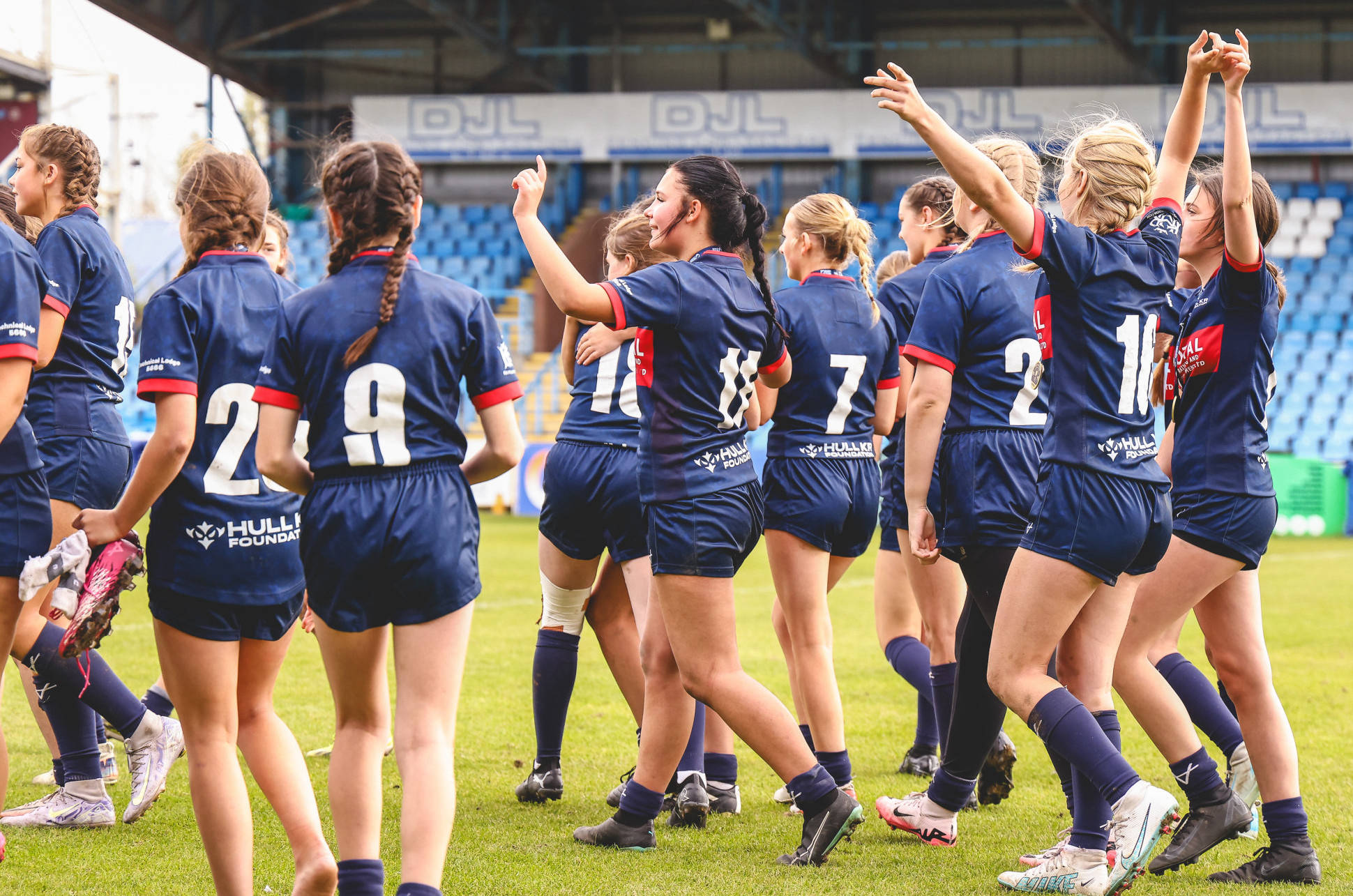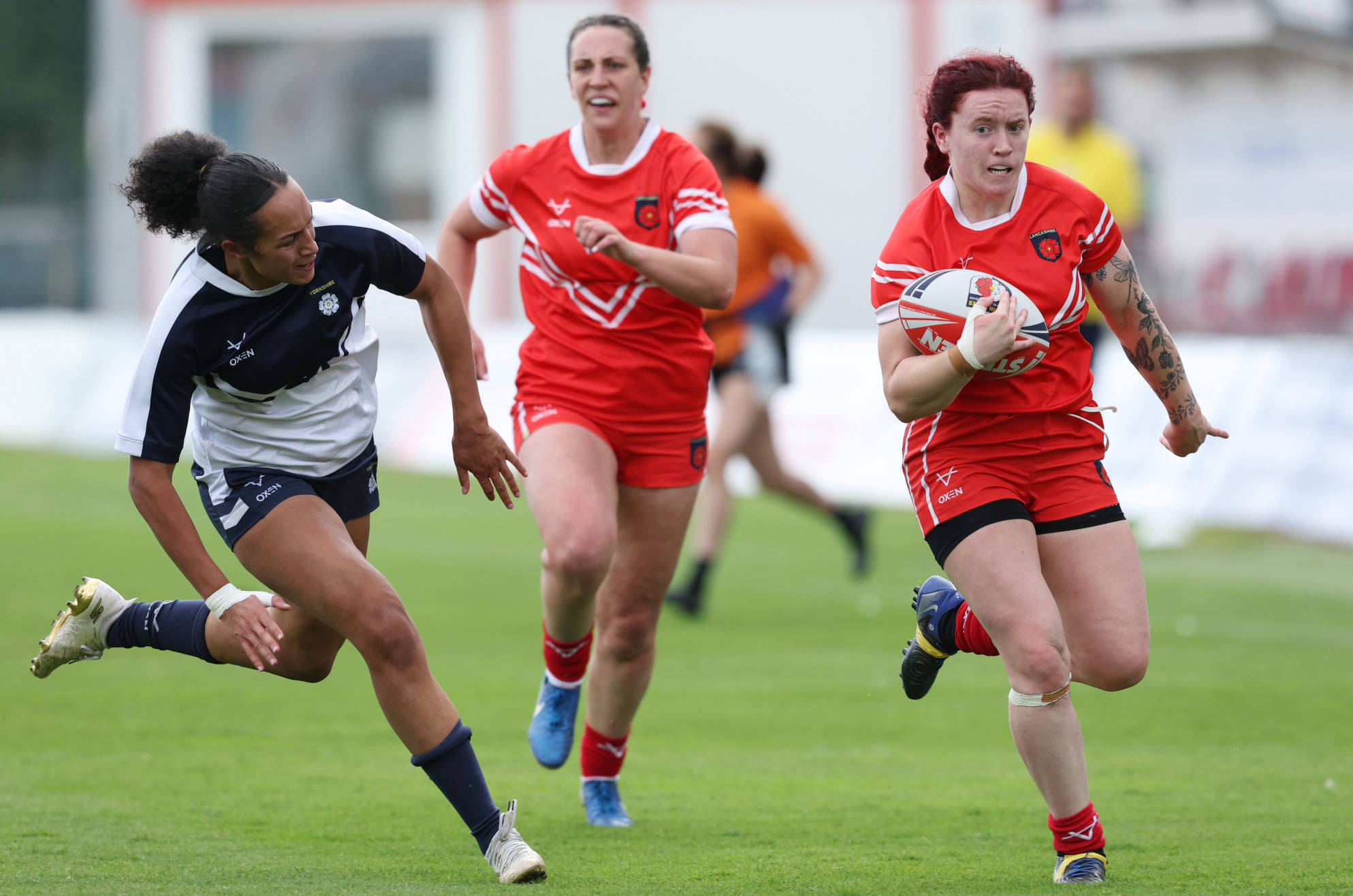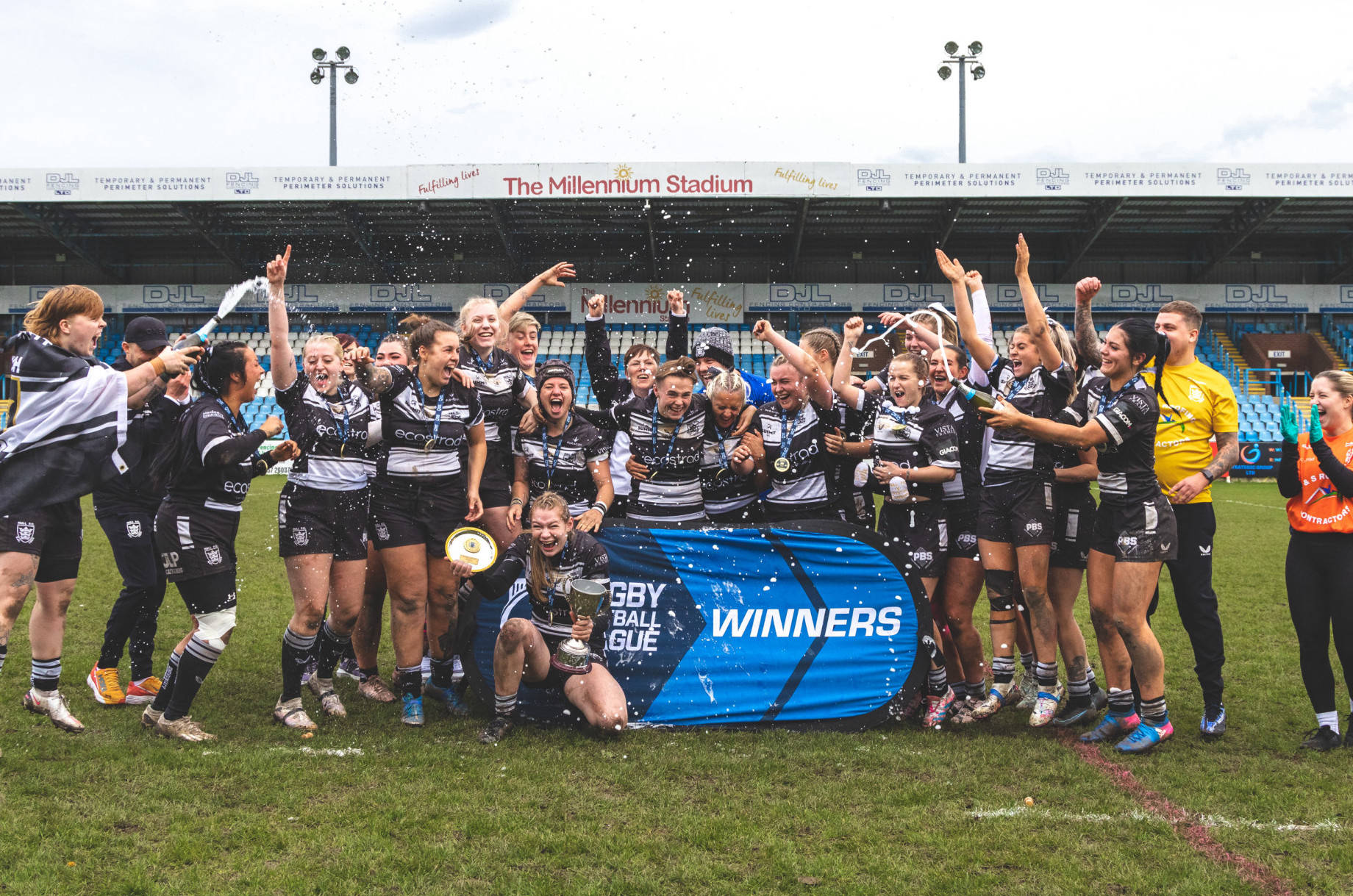
The 1970s were the decade in which women’s equality came to the fore. The Equal Pay Act of 1970 and the Sex Discrimination Act of 1975 brought legal equality to many aspects of women’s lives, and rugby league was not immune.
In 1978 the game made the national headlines when 13 years-old Elizabeth Beal was banned from playing for Normanton amateur rugby league club’s under-14 team. She was one of at least two girls, the other being Linda Hall who played for Clayton in Bradford, who were playing in boys’ teams that season. Under public pressure and worried about falling foul of equal opportunity laws, BARLA reversed the ban despite voicing fears about her safety and the possible reluctance of boys to tackle her.
BARLA’s worries were not shared by Elizabeth, who could now look forward to her next match: ‘I expect it will be a hard game. I don’t think [boys] would be embarrassed to tackle me - just the opposite. I’m sure they’ll try all the harder just to prove a point’. The founding principle of rugby league was re-emerging as new generations sought equal opportunities.
Although rugby prided itself on being a ‘man’s game’, women were involved in it from the earliest times. A report of the 1883 Yorkshire versus Cheshire match told its readers ‘the female element was very largely represented and the comments from this portion of the gathering were as numerous and as critical as those of their brothers, husbands and fathers’. A quarter of the 5,000 people at Manningham’s 1884 home match against Hull were reported to be women.
Despite the high level of interest, there is no record of women playing organised rugby in Victorian times. When women working in munitions factories and other wartime industries tried to take up the game in World War One, men in the sport told them to play soccer as it was seen as a more feminine sport.
But women played an increasingly important role off the field from the 1920s, providing the backbone of supporters clubs and local amateur teams. There was also a long tradition of women coaching schoolboys’ in the game, such as Winnie Powell at Wakefield’s St Austin School in the 1940s, and Adriel Collinson at Hunslet Carr school in the 1960s. In 1958 Hull’s Kay Ibbetson formed what became East Hull amateur rugby league club, which was so successful she organised the club’s pioneering tour of France in 1963.
Betty Haile was elected to Whitehaven’s board of directors in 1969, the first time a woman had been appointed a club director. In 1984 Kath Hetherington became the first woman to sit on the RFL Council when she represented Sheffield Eagles. And women also began to make their presence felt on the field as match officials. In 1984 Julie Fitzpatrick became the game’s first woman referee when she took up the whistle in the West Yorkshire amateur league and in the 1993-94 season Julia Lee became the first women to officiate at a men’s professional match.
But it was not until the 1970s, when demands for women’s equality were felt throughout society, that women began to play rugby league regularly. By 1980, there were ‘Ladies’ clubs at Huddersfield, Leeds and at Pilkington’s glassworks in St Helens, and in 1986 six sides formed the first women’s league, which by 1991 had grown to 18 sides organised in two divisions. In 1990 Lancashire played Yorkshire at the men’s Premiership final at Old Trafford. The biggest PR boost to the game came in 1993 when Sophie Cox became the first female rugby player to appear at Wembley when she ran out with the Rochdale town schools’ side in the under-11s final before the Wigan versus Widnes Challenge Cup Final.
In 1996 the game took its biggest step forward when the Women’s Amateur Rugby League Association organised the first-ever women’s tour of Australia. Coached by Jackie Sheldon and jointly captained by Wakefield’s Brenda Dobek and Bradford’s Lisa McIntosh, who had led the 1989 tour to France, the team had to raise £700 each just to make the tour. There had rarely been money better spent in the game. The Lionesses played a seven-match tour and won a memorable test series 2-1.
But the game suffered from the tremendous changes rugby league underwent in the new century. In 2014 the RFL set up the Women’s Rugby League Championship but in 2017 a major step forward took place with the creation of the Women’s Super League. It quickly captured the imagination, attracting record crowds and sponsorship, and in 2020 had grown from the original four clubs to ten.
At last, it seemed that women’s rugby league was on its way to fulfilling the potential that its pioneers had seen for it a generation earlier.
This is an exclusive extract from Tony Collins’ new book ‘Rugby League: A People’s History’ which will be published on 29 August by Scratching shed Publications. You can order a copy here and follow the author on Twitter via @collinstony.




